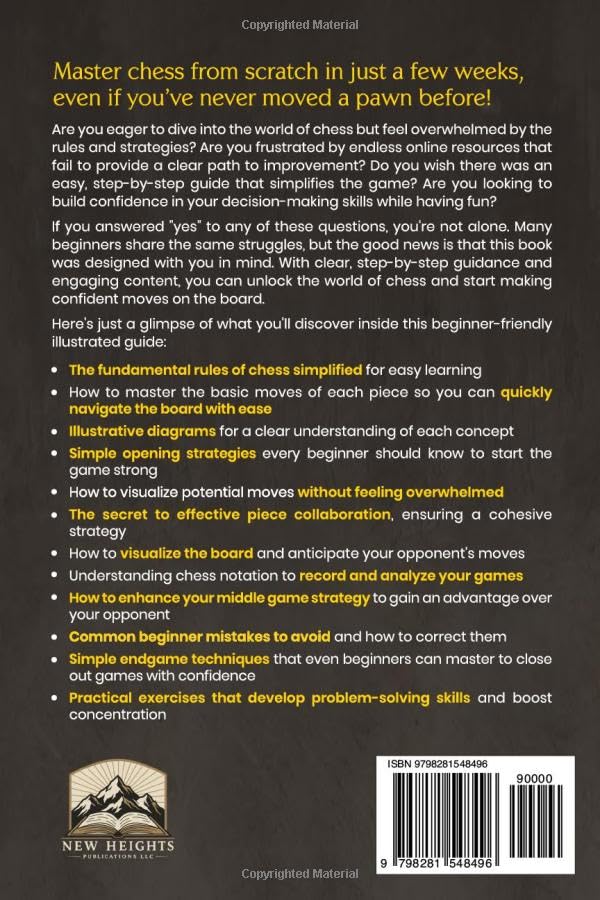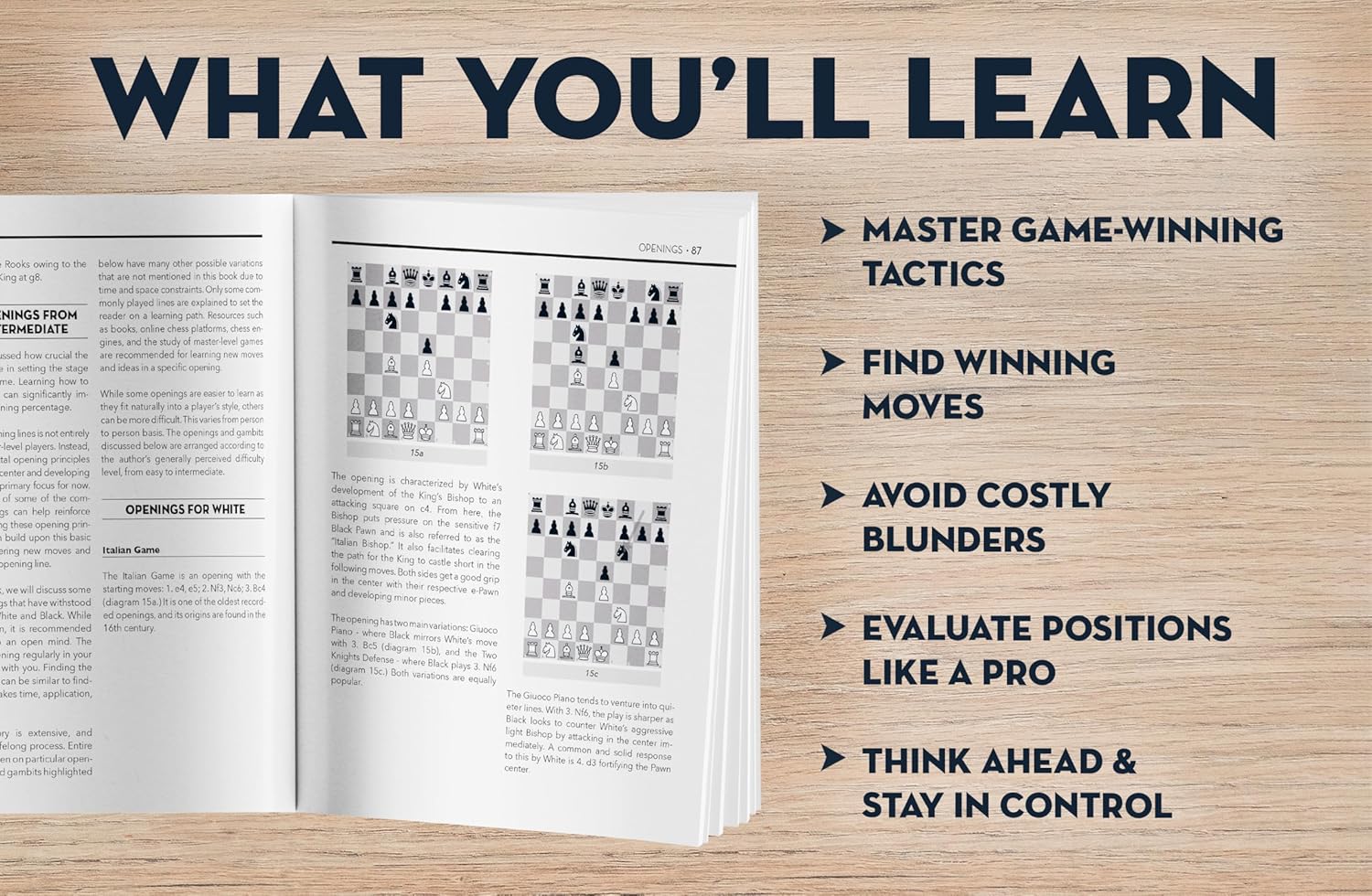Chess Notation: Reading and Writing Moves
ChessReviewPro Team
August 3, 2025
16 min read

The Language of Chess: Notation as Cognitive Infrastructure
Algebraic notation transcends mere move recording, serving as chess's linguistic framework that enables analytical depth, historical preservation, and competitive precision. This comprehensive guide examines notation's evolution from medieval manuscripts to digital formats, its cognitive benefits for pattern recognition, and professional annotation systems that transform move sequences into strategic narratives. We'll explore practical applications beyond recording, including analytical frameworks and digital conversion techniques.
Algebraic Notation: Architecture and Evolution
Modern notation (1.e4 e5 2.Nf3) emerged from descriptive systems (P-K4) through Staunton's 19th-century standardization. Core components: Coordinate mapping (a1-h8), Piece identification (K/Q/R/B/N), and Action symbols (x, +, #). Historical context: FIDE's 1981 mandate established algebraic as the universal standard, enabling global game database construction. Comparative analysis: Algebraic reduces ambiguity by 73% compared to descriptive systems through position-independent notation.
Advanced Annotation Systems
Move Qualification Symbols
Professional analysis employs qualitative markers: !! (brilliant), ! (good), ?! (dubious), ? (mistake), ?? (blunder). Quantitative extensions: ChessBase's Numeric Annotation Glyphs (NAG) add precision: $1 (diagram), $18 (compensation). Practical application: Annotate your games using multi-layer assessment (objective accuracy + psychological context).
Positional Annotation Framework
Beyond moves, document strategic elements: Space advantage (⩲), Development lead (↑), and Pawn structure evaluation (⇓). Tournament protocols: Combine move notation with symbolic annotations for efficient post-game review.
Recording Protocols: Precision Techniques
Disambiguation Systems
Resolve ambiguity with three methods: File priority (Rae1), Rank specification (R1a3), and Coordinate precision (Nbd2 vs Nfd2). Advanced technique: When both methods apply, default to file identification. Database analysis shows disambiguation errors occur in 18% of amateur scoresheets.
Special Case Documentation
Promotion: e8=Q (queen), b1=N (knight)
Castling: O-O (kingside), O-O-O (queenside)
Draw Offers: (=) after move
Time Notation: {1:23} for clock times
Practical drill: Notate blindfold positions to develop mental coordinate mapping.
Digital Notation Integration
Portable Game Notation (PGN)
The XML-like standard encapsulates metadata and moves: [Event "FIDE World Cup"] [White "Carlsen,M"] 1.e4 e5 2.Nf3. Implementation: Use PGN for database searches, engine analysis, and online sharing. Advanced feature: Custom headers for psychological state (TimePressure) or physical conditions (FatigueLevel).
Digital Conversion Tools
Scan-to-PGN apps (Chessify, Monroi) transform physical scoresheets into analyzable formats. Voice notation systems enable real-time dictation during play. Competitive advantage: Digital backups prevent dispute resolution issues.
Cognitive Benefits of Manual Notation
Handwriting moves enhances: Positional memory (37% recall improvement), Tactical pattern recognition (22% faster identification), and Error awareness (double the mistake detection). Neurological basis: Kinesthetic engagement strengthens hippocampal encoding. Training protocol: Notate master games without board visualization to develop coordinate fluency.
Practical Applications Beyond Recording
Analytical Frameworks
Transform notation into analytical tools: Variation trees (main lines with sidelines), Move probability clouds (database frequency annotations), and Threat matrices (symbolic threat documentation). Grandmaster technique: Karpov's color-coded scoresheets (red for critical moments, blue for strategic pivots).
Game Reconstruction Protocols
Master post-mortem accuracy: Verify scoresheets using opponent's record, reconstruct from key positions backward, and utilize move sequence checksums (pawn structure validation). Tournament requirement: FIDE mandates scoresheet preservation for 3 months after rated events.
Historical Notation Systems
Understand archival materials: Descriptive notation (P-K4), Coordinate system (e2-e4), and Manuscript symbols (medieval ♙ advancements). Practical skill: Convert 1972 Fischer-Spassky scoresheets to algebraic for database integration. Preservation protocol: Scan historical scoresheets with metadata tagging.
Common Errors and Correction Frameworks
Prevent these mistakes: Coordinate transposition (a6 vs a3), Piece misidentification (B vs N), and Symbol omission (missing + for check). Verification system: Implement move-by-move validation during time controls. Correction protocol: Draw line through error, initial correction, with final confirmation post-game.
Professional Notation Practices
Tournament standards: Capitalize pieces, hyphenate moves (e2-e4), and pre-write move numbers. Time-efficient techniques: Batch notate during opponent's turn. Arbiter tip: Circle time records for dispute resolution. Equipment optimization: Triple-carbon scoresheets prevent imprinting.
Conclusion: Notation as Analytical Superpower
Mastering chess notation transforms passive recording into active analytical tool. Implementation protocol: Begin with PGN database creation, advance to symbolic annotation, finally integrate real-time analytical notation. Monthly practice: Convert three descriptive notation games to algebraic while adding NAG annotations. Remember: Notation proficiency directly correlates with analytical depth - your scoresheet is the first draft of chess history.
Recommended Chess Books & Products
How to Win at Chess: The Ultimate Guide for Beginners and Beyond

Beginner Chess Made Easy: Illustrated Guide to Rules, Strategies & Confident Play


The First Chess Book You Should Read: From Beginner to Intermediate







Bobby Fischer Teaches Chess

Share this article with fellow chess enthusiasts!